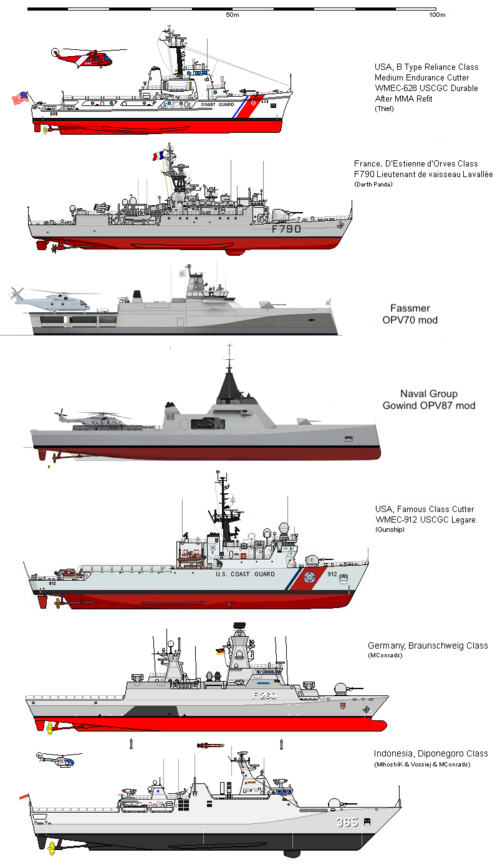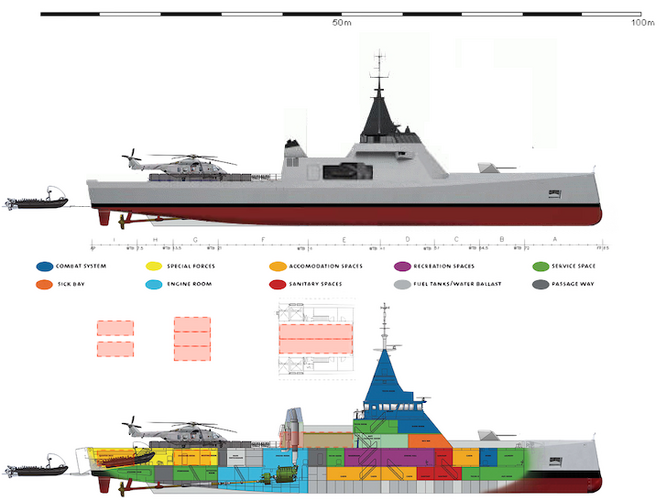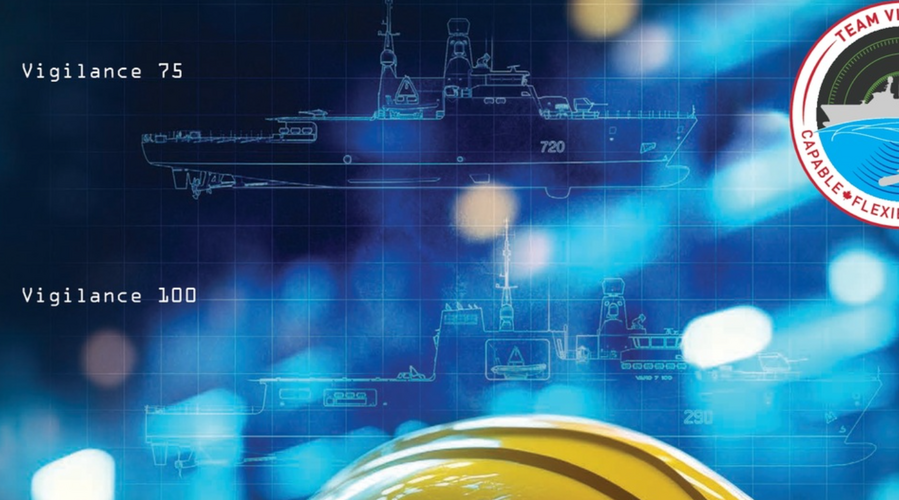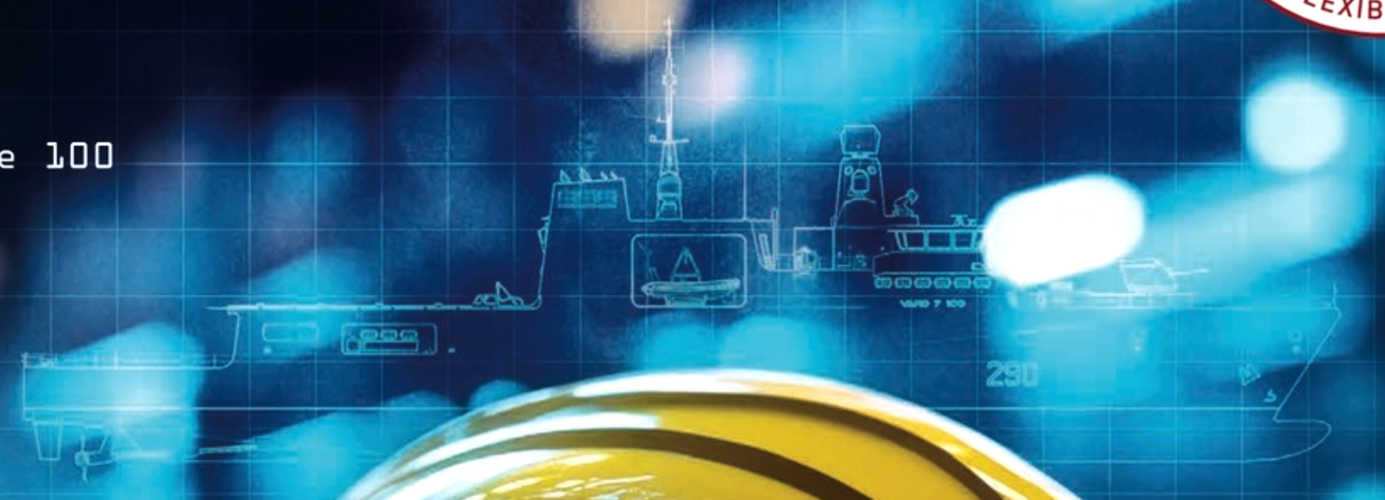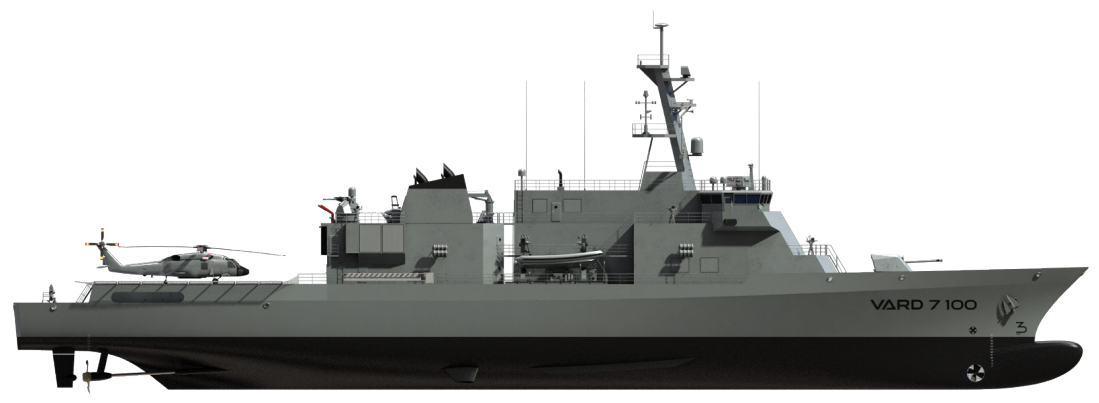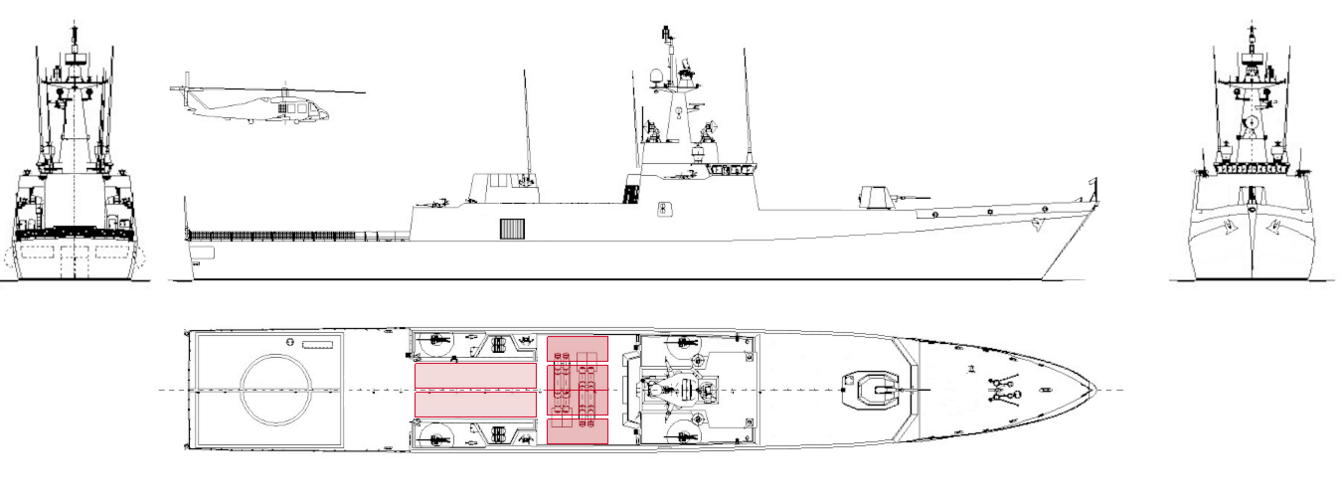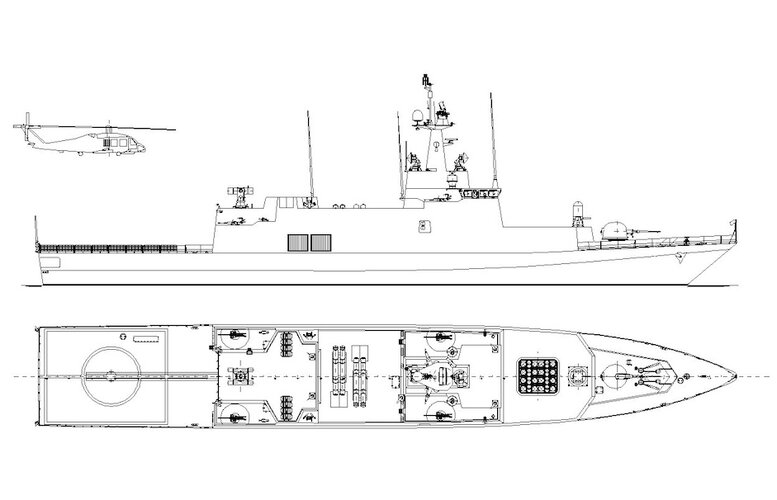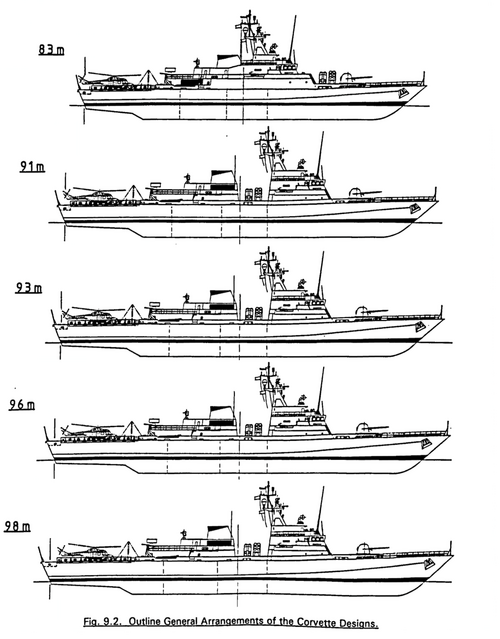Owens Z
quaerimus scientiam
- Joined
- 6 October 2023
- Messages
- 211
- Reaction score
- 280
Just a clue to the participants in this thread:
This theme of course is prone to political comments, that are NOT part of an article/link/source, whatever, but just the posters opinion.
So, please think twice before posting !
Thanks, Jemiba. I see you are in Berlin (where I was a guest at Kunsthaus Tacheles in 2003: great city), so you might not be aware of the longstanding anti-Americanism in Quebec and Ontario. I am most familiar with the people of those two provinces, for geographic reasons and because they contain about 60% of Canada's population. From my first stay there as a kid in 1982, I was made aware that this is a real thing (not just the work of Russians and Communist Chinese with fake accounts, paid to stir up hatred). So booing of the United States anthem in Quebec and Ontario during joint sports events is no surprise to me, nor the alleged Canadian need to mine the Great Lakes and acquire nuclear weapons to incinerate US cities like my own. (I have been told that Canadians from, say, Newfoundland and the prairie provinces are considerably less maudlin.) I was going to see whether the non-pertinent comments here would peter out naturally before I told them: take it outside. Let's you and me continue to keep appropriate watch. Of course, vigorous and pointed debate about the actual topic of this thread, the past, present, and future of Canada's naval strategy, is welcome.

